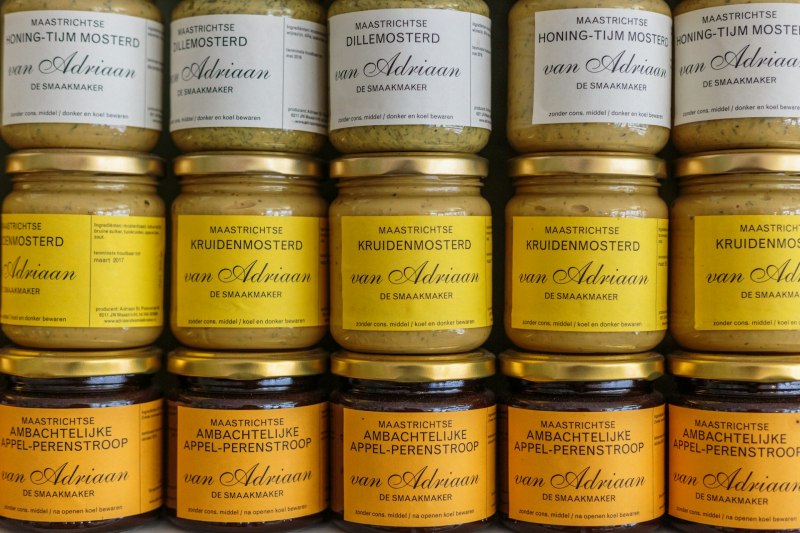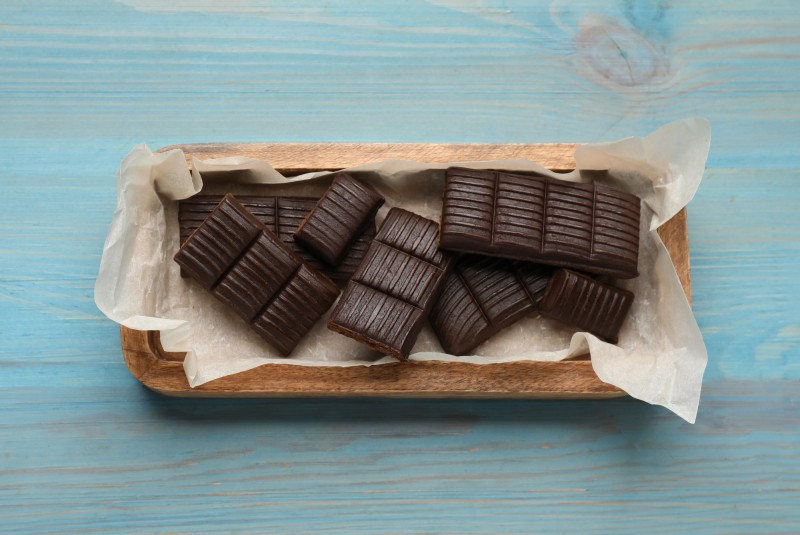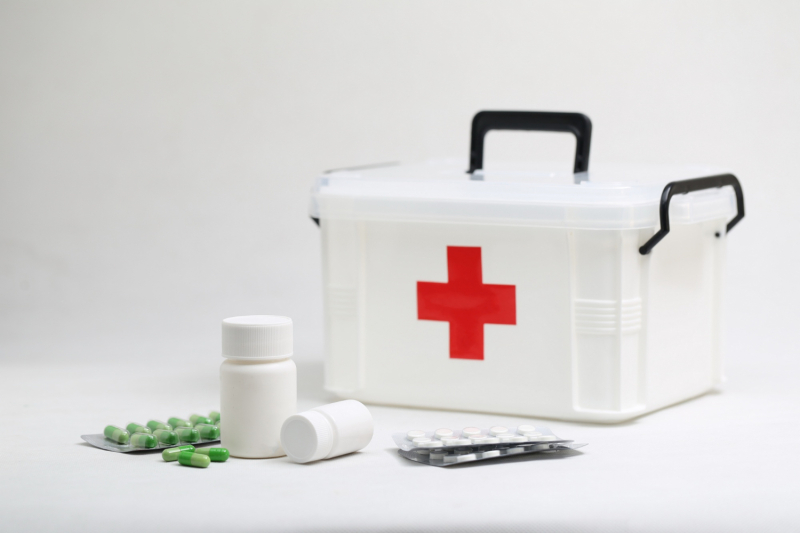Please note: this article does not constitute medical advice. Remember to follow all the necessary precautions! Consult with your doctor, check for possible allergic reactions, and use common sense when interacting with new and unfamiliar medicinal products.
Iodine solution and brilliant green
Batman and Robin. Bread and butter. Thunder and lightning. Iod and zelyonka. What do all these have in common? Of course, they’re all iconic duos – at least in any Russian’s mind.
In the latter case, we’re talking about iodine solution and brilliant green, or йод and зеленка in colloquial terms. Both are used as antiseptics in the treatment of cuts and similar minor injuries, and while you may encounter iodine in doctors’ offices around the world, brilliant green is almost exclusively used in the post-Soviet nations. Fun fact: it’s technically a dye!
At home, iodine is also often used to treat colds and bruises in the form of an “iodine net” drawn on the chest and back – supposedly, to increase blood flow. You can read about the mechanics (and efficacy) of the method in the evidence-based medical magazine Cuprum (link in Russian).
Mustard plasters
Mustard – not just a tasty condiment! Credit: Peter Werkman (@pwphotography) via Unsplash
How often have you had the chance to know what it’s like to be a hot dog? Probably not often, but you definitely will if you try gorchichniki (горчичники). The operating principle of these warming pain relief compresses is very simple: tiny pouches filled with powdered mustard seeds are dipped into warm water and then applied for a very short time to the affected area. Just be sure not to get burned!
Medicinal glue
While “liquid bandages” of various kinds have become commonplace in recent years, there is one product that’s been around for almost a century: the medicinal glue BF-6 (БФ-6). Though its precursor, BF-2, was an industrial product used on metal, glass, and ceramics, in the 1950s scientists found that a modified version can just as easily be used to protect cuts from infection. Since then, it has remained a very handy first aid tool, especially in cases where a band-aid just won’t do.
Valerian root extract
Now, this is something we’ve mentioned before as a common last resort of nervous students during the exam season. But what is valerian, or valeryanka (валерьянка)? Well, it’s a type of flowering plant that has a delightful smell and is believed to have calming and anti-insomnia qualities. Though its actual medical efficacy is debated, it remains popular among those with sleep issues or jitters.
Interestingly, despite being from a different plant family, valerian has a catnip-like effect on most cats and, in Russia, is actually more commonly known in that capacity than catnip itself. You’ll often find the root in dried form at pet stores – a handy thing to know if you’ve got a furry friend.
Special mention: hematogen
Hematogen. Credit: NewAfrica / photogenica.ru
For a special mention, we turn to something that doesn't quite fall under the “first aid” category, but can be found in any Russian pharmacy – and is sure to raise some questions (and eyebrows). We’re talking about hematogen (гематоген), or “cow’s blood candy.” That’s not a metaphor, either: this children’s snack is indeed made with bovine albumin, a protein rich with iron and extracted from cow blood.
This bizarre treat took off all the way back in the 1920s as a treatment for anemia and, owing in some part to its actually pleasant taste, has remained a drugstore mainstay ever since. Today, it’s even available in varying flavors, from coconut and cherry to pine-nut!
For more health tips, check out our experiment on 5 funky ways to treat a cold and the list of Russian home remedies. And if you discover a liking for hematogen, try these other bizarre (and delicious) Russian snacks.




